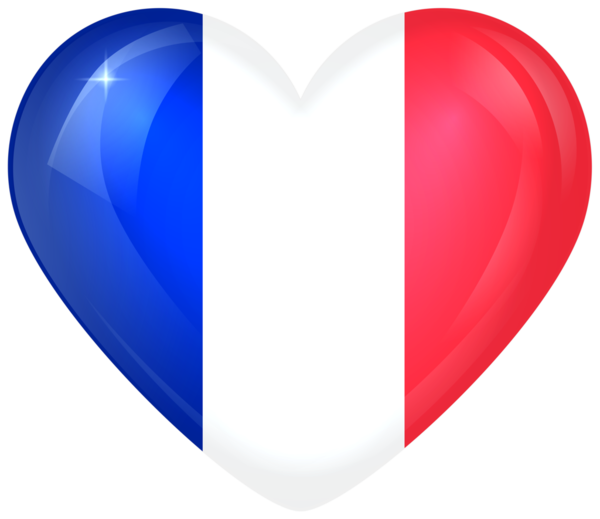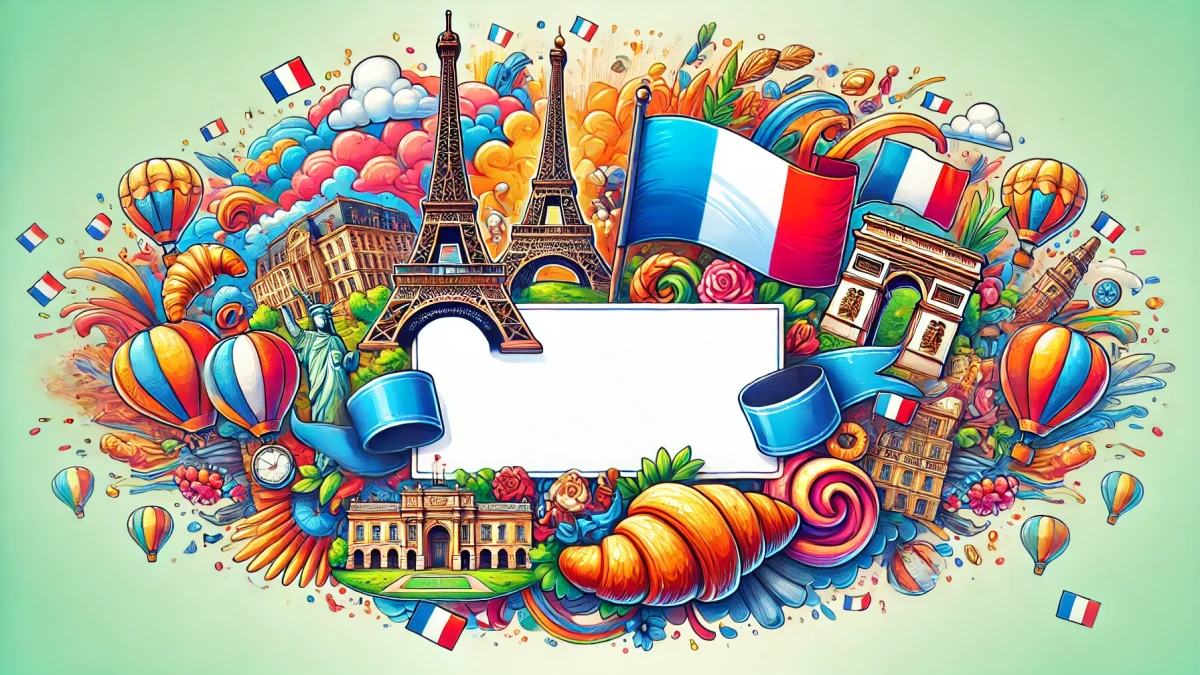
French Language: Learning to Speak about Your Family Members
October 7, 2024
Learning French For Food and Drink Vocabulary
October 7, 2024Learning Common Colors in French
Meta Description: Immerse yourself in the vibrant world of French language by discovering common colors in French. Understanding these will give you a more nuanced ability to express yourself pensively in your new language.
Learning French doesn’t have to feel like a monotonous task. In fact, it can be colorful and fun. In this lesson, we will explore how to name and use common colors in French, you’ll be equipped with French vocabulary for colors, grammar rules on their usage, and you will see them in use in several examples.
Immerse Yourself in Colors
As a beginner in French, mastering common colors can transform your conversation. You will be able to vividly describe things around you, your feelings, and your preferences. The French vocabulary for colors is simple, straightforward, and very easy to remember.
Common Colors in French
To kick start our learning, let’s begin with the most common colors in French:
- Red: Rouge
- Blue: Bleu
- Yellow: Jaune
- Green: Vert
- Black: Noir
- White: Blanc
- Gray: Gris
- Orange: Orange
- Pink: Rose
- Purple: Violet
- Brown: Marron
It’s important to pronounce these words correctly. You can find pronunciation guides online to help you with this.
Usage of Colors in French
French colors are a bit different from English as they must agree with the gender and number of the noun they describe, a key French grammar rule many English speakers find difficult at first.
One Color Describing One Object
If the color is being used to describe one object, it should be in agreement with the gender (masculine or feminine) and the number (singular or plural) of the noun. For example, une pomme verte (a green apple) or un sac rouge (a red bag).
Multiple Colors Describing Multiple Objects
When several colors are used to describe several objects, the colors behave like invariable adjectives. They do not agree with the gender or the number of the noun but should nevertheless be placed after the noun. For instance, des robes bleu et jaune (blue and yellow dresses), des voitures noir et blanc (black and white cars).
Exceptions to the Rules
Some colors are exceptions since they don’t take on different endings. Notably, marron (brown) and orange are invariable, meaning they stay the same regardless of the gender and the number of the noun they are modifying.
Using Colors in French Sentences
Now that we have the color vocabulary and grammar rules under our belt, let’s look at some examples for every color
- Rouge: Le soleil est rouge au coucher du soleil. (The sun is red at sunset.)
- Bleu: J’aime le ciel bleu. (I love the blue sky.)
- Jaune: Le canari est jaune. (The canary is yellow.)
- Vert: L’herbe est verte. (The grass is green.)
- Noir: J’ai un chat noir. (I have a black cat.)
- Blanc: Le lait est blanc. (Milk is white.)
- Gris: Les souris sont grises. (Mice are gray.)
- Orange: J’ai deux ballons orange. (I have two orange balloons.)
- Rose: Elle porte une robe rose. (She is wearing a pink dress.)
- Violet: Les violettes sont violettes. (Violets are violet.)
- Marron: Les chevaux sont marron. (The horses are brown.)
Colorful Expressions
French, like all languages, has colorful expressions that contain colors. Here are a few examples:
- Blanc comme un linge – Someone who is white as a sheet, usually from shock or fear.
- Voir la vie en rose – To see life in pink, or to see the bright side of life.
Review and Practice
Learning French colors is a great step to make your conversation more colorful and engaging. From red to violet, you have now explored all the common colors in French. I encourage you to practice these everyday, whether it’s while you are out and about describing things to yourself or practicing through online exercises. You now have the vocabulary and the grammar rules needed to use French colors accurately in a sentence.
Happy Learning, or as we say in French, “Bonne Apprentissage”!

